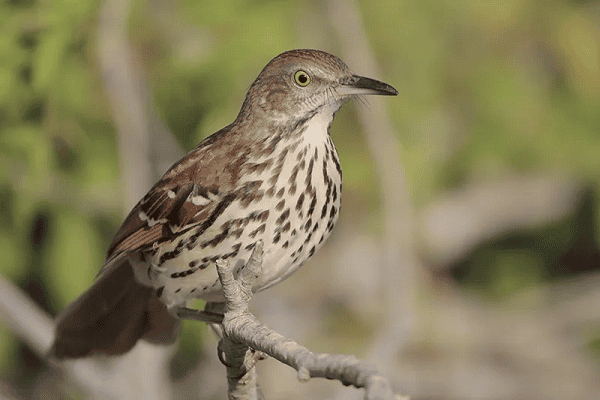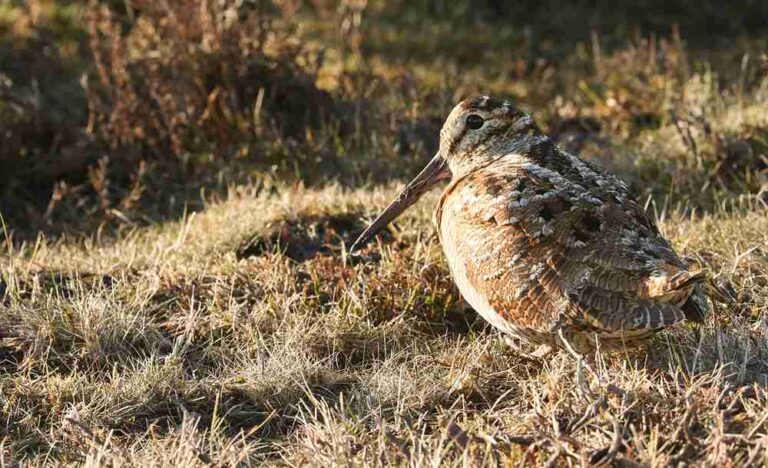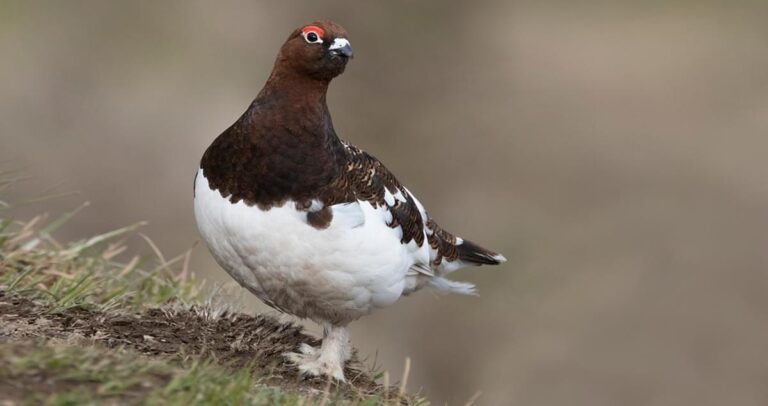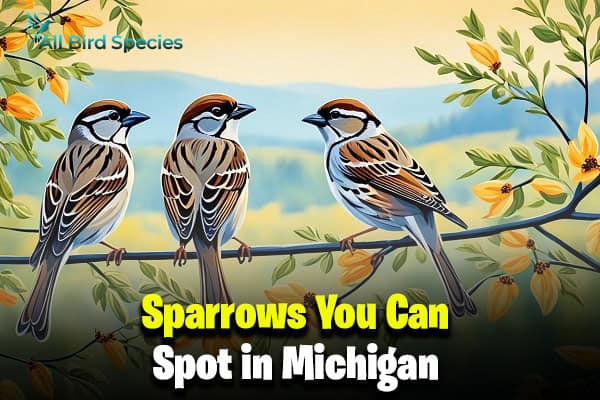Spotting Medium Sized Brown Bird with a Long Beak (ID Guide)
Ever wondered how many songs a medium-sized brown bird can sing also with a long beak? What secrets does it hide in its habitat? This guide will show you how to spot brown birds with long beaks, like the brown thrasher. These birds are often missed but have amazing traits and adaptability. They make bird-watching exciting and challenging.
They have unique colors and live in special places. Learning to identify these birds can make your outdoor time better.
This guide will give you tips and info to become a bird expert. It’s great for backyard bird watching or exploring nature. You’ll learn to appreciate the beauty around you.
Introduction to Brown Birds
Brown birds are fascinating but hard to spot. Many bird lovers struggle to tell them apart. Their colors blend in and shapes are similar, making it tough to tell them apart.
Understanding Identification Challenges
Identifying brown birds is tricky for bird watchers. The view, light, and distance affect how well you can spot differences. For example, the pine siskin and the dark-eyed junco look alike. They both have brown colors.
This makes it hard to tell them apart, even for experts. Sounds and actions don’t always help either. This can lead to mistakes in identifying birds.
| Brown Bird | Weight (grams) | Length (cm) | Common Issues |
|---|---|---|---|
| Pine Siskin | 18 | Unknown | Identification challenges |
| Dark-eyed Junco | Unknown | 17 | Birding difficulties |
| American Woodcock | Unknown | Unknown | Injuries from collisions |
Key Features of the Brown Bird with a Long Beak
Identifying the brown bird with a long bill is easier with key features. These birds stand out with unique traits in the bird world.
Size and Shape Description
This bird is medium-sized, like a robin. It has long, strong legs and a slim body, making it agile. Its long, curved bill helps it forage for food. These features set it apart from birds like the Northern Mockingbird or Common Grackle.

Color Patterns and Markings
Color patterns are key to spotting this bird. Its back is a deep, rusty brown, and its belly has white and large brown spots. The gray face and bright yellow eyes make it stand out. Black-and-white wing bars add to its unique look, helping bird watchers identify it.
Behavioral Traits
Bird behavior is a clue to its identity. These birds are known for their amazing singing, with over 1,100 song types. They forage on the ground, using their long bill to find insects and berries. Often, they perch in the open, loudly claiming their territory, making them easy to spot.
Habitat of Medium-Sized Brown Birds
For bird watchers, knowing where medium-sized brown birds live is key. They like places with food and safety. This lets them live well in different places.
Common Locations
These birds live in many places, like:
- Scrubby fields
- Dense woods
- Tickets
- Forest edges
These spots are important for their survival. They give them safety from predators and lots of food. Bird watchers should look for these places to see these birds.
Preferred Environments
Medium-sized brown birds need certain things to do well. They like:
- Dense shrubbery for hiding
- Regenerating woods for shelter
- Ground cover for eating
By saving these important places, you help these birds. This makes your bird watching better and helps the environment.
Spotting Techniques for the Brown Bird with a Long Beak
Timing is key when watching a medium-sized brown bird with a long beak. Early morning and late afternoon are the best times to go bird-watching. This is when many birds wake up and start moving around.
Spring is also a great time to see these birds. During this season, male birds sing more. This makes them easier to find.
Best Times for Bird Watching
Seasonal behaviors change, so keep an eye on the birds. In the breeding season, males sing to mark their territory. This can help you spot them more easily.
Watching birds often helps you get better at finding them. The more you watch, the better you’ll become.
Resources for Birders
Having the right tools makes bird-watching more fun. Mobile apps like Merlin Bird ID can quickly tell you what bird you’re looking at. Bird-watching guides also offer great tips on bird features and habits.
Using these resources can make your bird-watching trips more exciting. It helps you understand birds better and improves your skills in identifying them.
Check Our Previous Articles:
| Albino Crows: Meaning, Symbolism, And Myths |
| Albino Peacocks: Everything You Need To Know |
| Ducks in Georgia |
| Can Birds Eat Popcorn |
| Black and White Birds in the UK |
Frequently Asked Question
Q1: What is the name of a bird with a long beak?
Birds like the Toucan, Hummingbird, and Curlew are known for their long beaks.
Q2: What is a brown bird with a long tail and beak?
The Greater Roadrunner is a brown bird with a long tail and beak.
Q3: What is the brown bird with a long beak in Pokémon?
Spearow is a brown bird Pokémon with a long beak.
Q4: What is a brown bird with a long orange beak?
The American Oystercatcher is a brown bird with a long orange beak.







